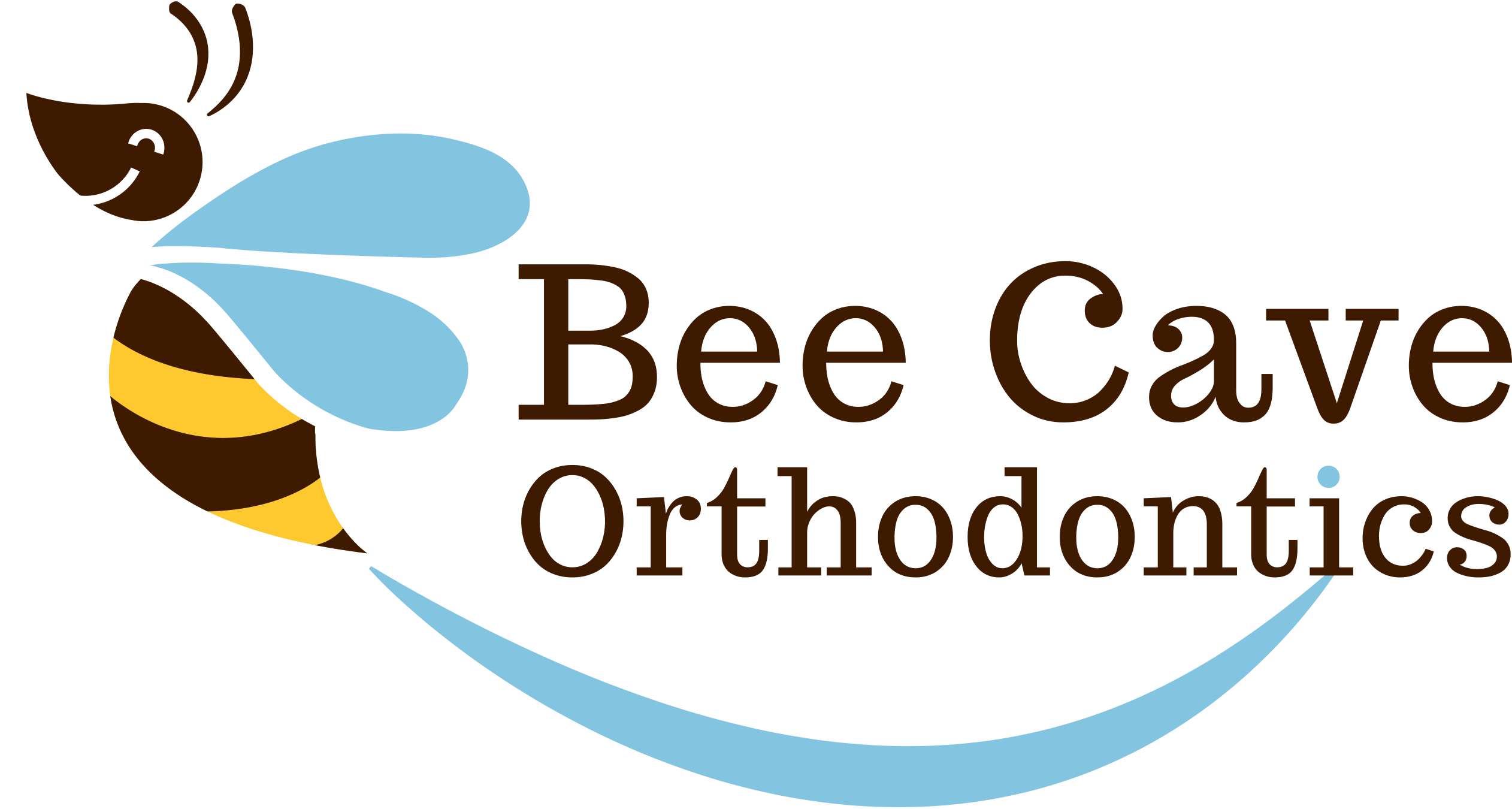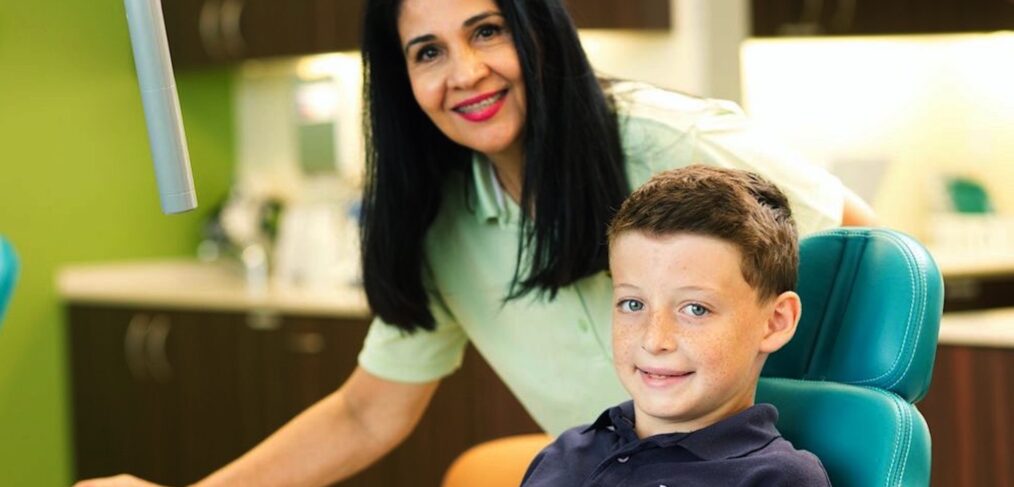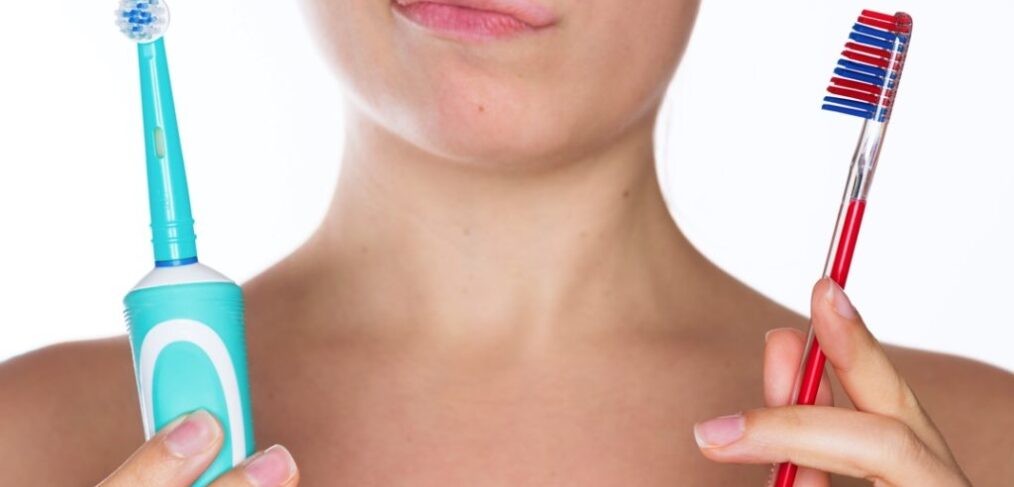Read More›
You made a big decision and it’s time to correct your bite or improve your smile. Now you’re wondering, “Which Type of Braces is Right for Me?” Here at Bee Cave Orthodontics, we know that choosing to receive orthodontic care can be life-changing but also overwhelming at the same time! We want you to feel confident in our care from your first visit to your last!
You have probably heard this before: every smile is unique! So is every budget! Invisalign cost is determined by a variety of factors, including the severity of the problem to be corrected as well as how long the treatment is expected to last.
The time has come! The pediatric dentist recommends that you should take your child to an orthodontist for a consultation. What’s the next step in finding an orthodontist near Austin?










